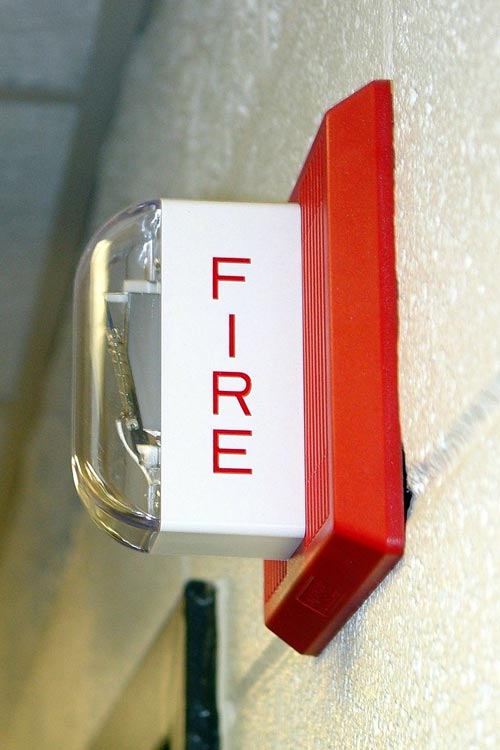
Setting up
Fire alarm system
in Dubai and Oman
A fire alarm system is a network of devices that are designed to detect and alert people to the presence of fire or smoke. The purpose of a fire alarm system is to provide early warning of a fire, allowing people to evacuate the building quickly and safely.
A typical fire alarm system consists of several components, including:
Fire alarm control panel: The control panel is the brain of the system, and it receives signals from the various detectors and initiates the alarms and notifications.
Smoke detectors: Smoke detectors are designed to detect smoke particles in the air and trigger the alarm when a certain threshold is reached. They can be either ionization detectors or photoelectric detectors, or a combination of both.
Heat detectors: Heat detectors are designed to detect changes in temperature that could indicate a fire. They can be either fixed temperature detectors, which trigger the alarm when a certain temperature is reached, or rate-of-rise detectors, which trigger the alarm when the temperature rises rapidly.
Sprinkler systems: Sprinkler systems are designed to automatically spray water over the area where a fire is detected, helping to extinguish the flames and prevent the fire from spreading.
Fire alarms: Fire alarms can take many forms, including audible alarms, strobe lights, and voice announcements. They are designed to alert people to the presence of a fire and provide instructions on what to do.
Emergency lighting: Emergency lighting is designed to provide illumination in the event of a power outage or other emergency, helping people to safely evac
uate the building.
In addition to these components, a fire alarm system may also include other features, such as remote monitoring capabilities, emergency communication systems, and automatic shut-off systems for electrical or gas utilities. It is important to regularly test and maintain a fire alarm system to ensure that it is functioning properly and providing the necessary protection
